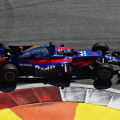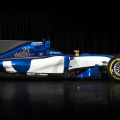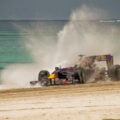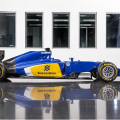F1 Chinese Grand Prix tech Analysis as cars entered with new upgrades
The 2017 Formula One development race promises to be the most exciting in years, as the less restrictive aerodynamic regulations allow greater improvement for the same resources. Such is the speed of development that starting with a strong car, like Mercedes and Ferrari currently have, is no guarantee of the ultimate prize. Updates were on show in China from both Williams and Sauber, while the Red Bull drivers differed significantly on their rear wing designs.

On the FW40, the canard on the front wing endplate has been doubled in length, which will improve its performance in two ways. Firstly, the higher angle of attack of the new part will create a larger pressure differential either side of it, raising the strength of the vortex shed at the outer edge of the part.
This stronger vortex will work together with the outwardly shaped endplate to draw as much air outboard of the front tyre, in order to reduce drag and improve rearward aerodynamic airflows thanks to lower turbulence. It is interesting to note that the team is trading off different ways in which to reduce drag. Raising the strength of the vortex, a high energy airflow, will raise air resistance, but a reduction in the air colliding with the front tyre more than negates this.
Sauber has been one of the most active teams so far this season in terms of updates, as it feels its best chance of points will come before the European season, when power unit manufacturers update their products while the Swiss team is stuck with last year’s Ferrari unit. A detail part was added to the C36 for China.




